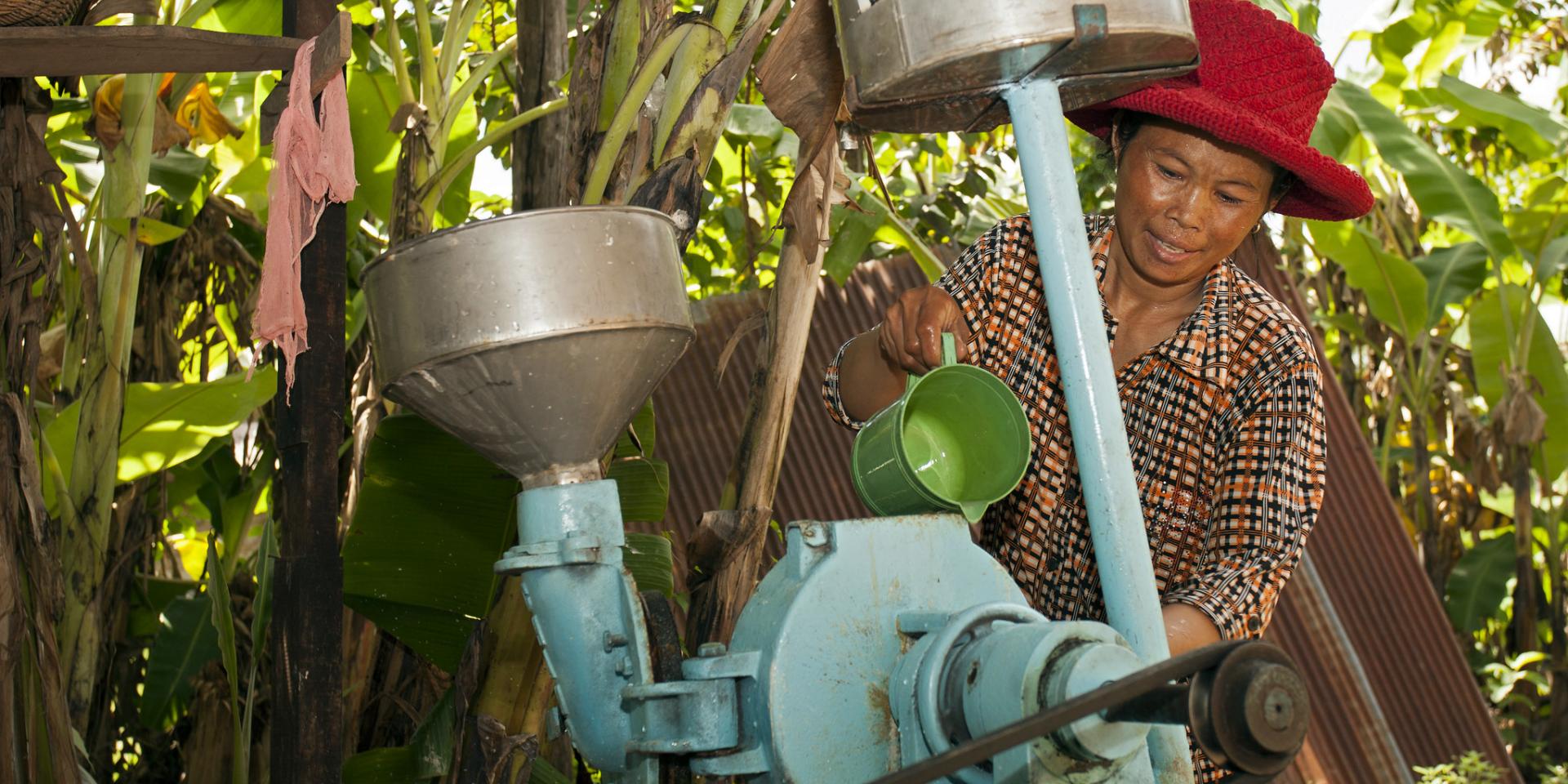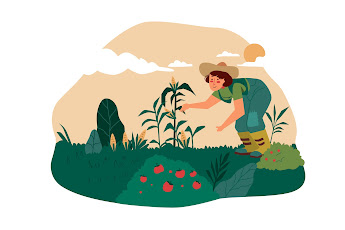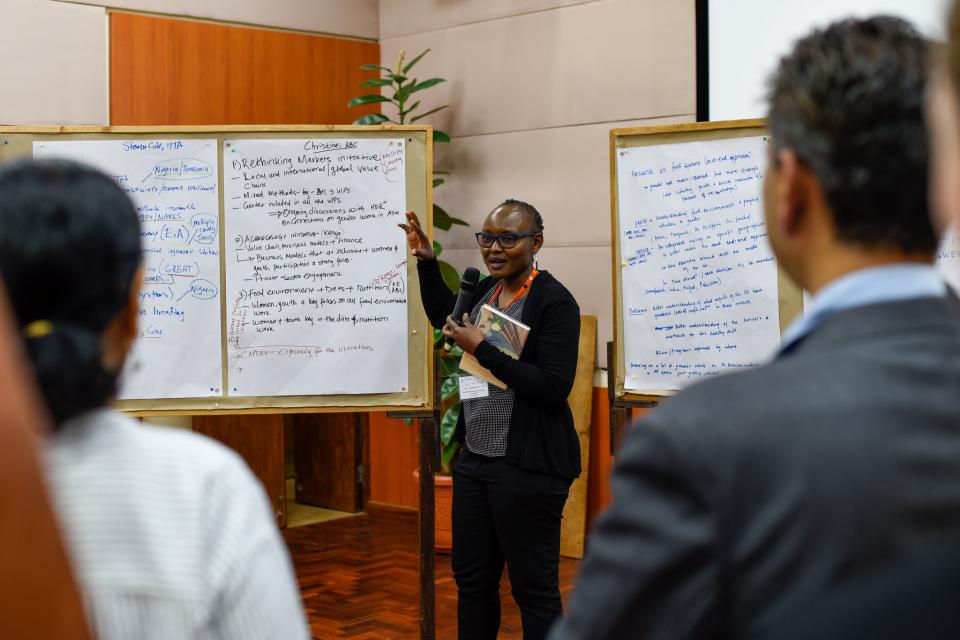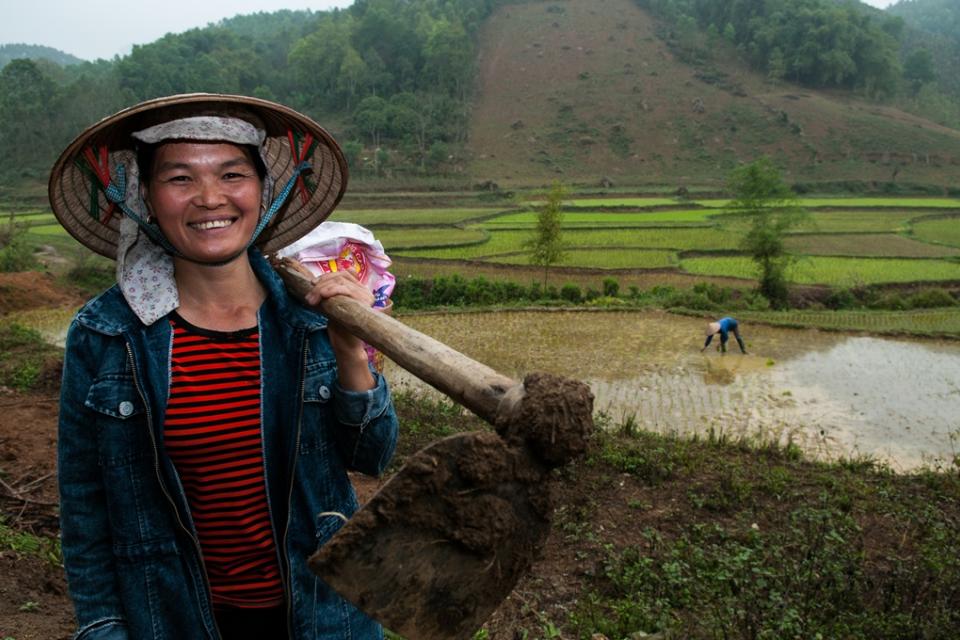Emerging Research Methodologies to better Understand “Feminization of Agriculture” dynamics

This blog post was originally published by SAGE India Digest.
The concept of the ‘feminization of agriculture’ typically refers to increased involvement of women in agricultural activities. Some researchers argue this is due to women being relegated to agricultural work with added responsibilities and minimal empowerment; a more positive interpretation would be that women assume greater roles and decision-making authority within households and farming communities due to changes in household dynamics or other factors.
However, these interpretations, along with the methodologies used to study them, and the cultural biases inherent in both researchers and farming communities, significantly shape our comprehension of women's actual roles in agriculture. Presently, conventional research methods inadequately capture the extent and nature of women’s involvement in agricultural work. Additionally, cultural norms may obscure shifts in women’s participation and control over agricultural processes, while researchers' normative biases can hinder the recognition of ongoing changes.
Understanding the feminization of agriculture necessitates relinquishing essentialist views on gender while concurrently gathering robust data that can elucidate the complex and nuanced landscape of this phenomenon. Moreover, the feminization process does not occur in isolation; it is intertwined with various other changes in the agricultural sector driven by factors such as commercialization, wage labor, technological advancements, climate change, conflict, and migration. These changes affect men and women differently, influencing their roles and labor patterns in agriculture.

In order to advance effective research methodologies in this area, this award-winning article draws insights from six pertinent studies to illustrate how research can capture dynamic and context-specific factors over time, leading to a better understanding of the feminization of agriculture.
By showcasing innovative research methods, this article illuminates the evolving and intricate changes in women’s agricultural roles. The integration of quantitative and qualitative approaches adds depth to the narrative of gendered agricultural transitions, thereby contributing to the development of interventions and policies that are more aligned with the realities on the ground.
Viewing the feminization of agriculture as a natural outcome stemming from various drivers of change in the agricultural sector offers a fresh perspective. It highlights how women can leverage feminization to their advantage, potentially enhancing their bargaining power within households and thus serving as a positive driver for women’s empowerment in agriculture.


